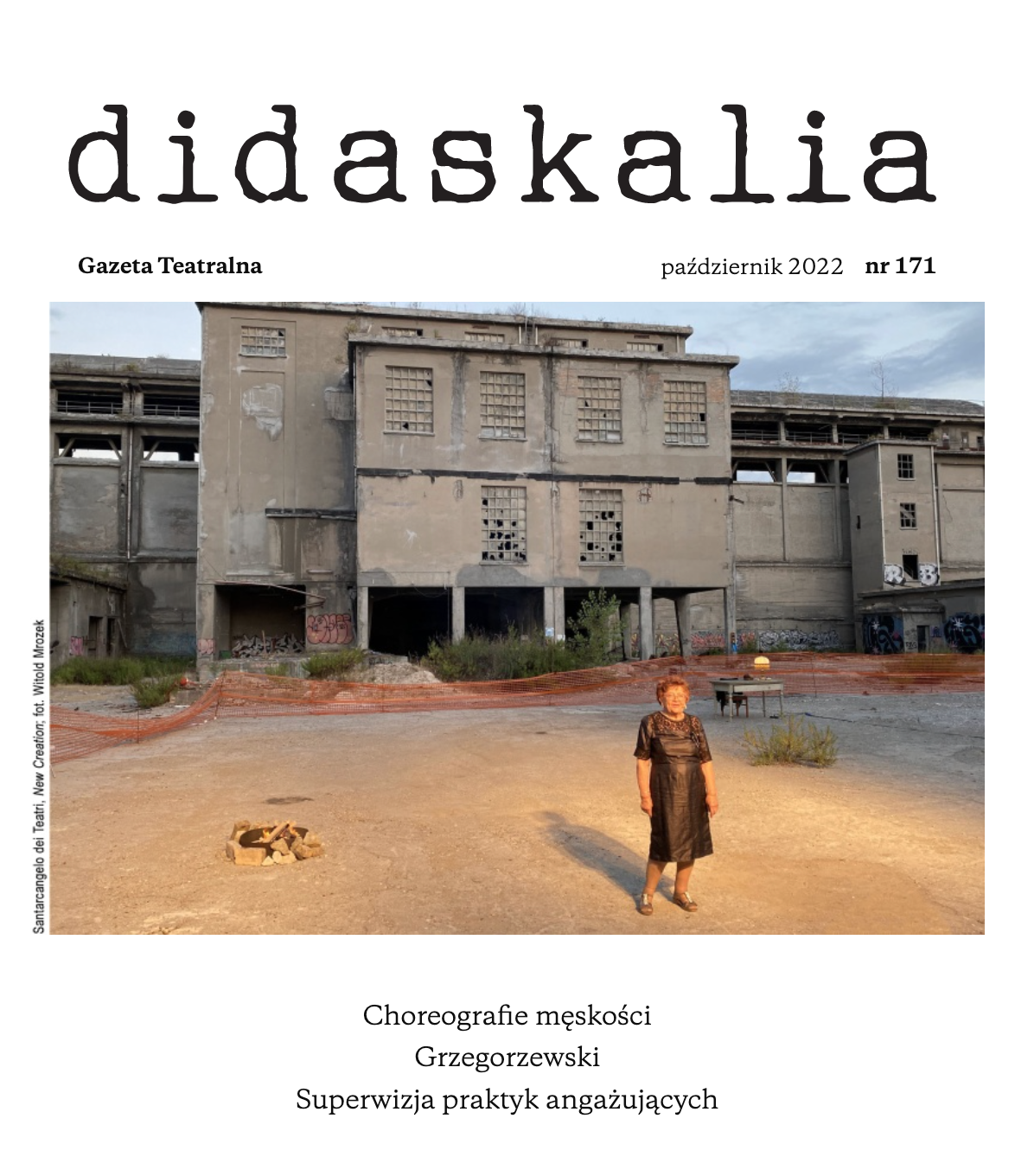Męski tancerz i jego rola w widowiskach teatralnych XVI-XVIII wieku
The male dancer and his role in theatrical performances of the 16th-18th centuries
Author(s): Anna Reglińska-JemiołSubject(s): Fine Arts / Performing Arts
Published by: Instytut im. Jerzego Grotowskiego
Keywords: ballet; masculinity; theatre of past eras; cultural patterns; the body
Summary/Abstract: The beginning of the 19th century brought an absolute domination of women on the ballet stage (although they had to face the challenge of mastering the language of dance created by men and originally intended for them on the professional stage). The process of feminisation, also in this ‘symbolic’ aspect, which theatrical dance was undergoing from the nineteenth century directed the research by dance theorists towards the so-called problem of the male dancer (Burt, 2007). However, the complexities of the code of masculinity can be viewed at all the stages of the development of the forms of choreography, i.e. from the dance intermedia of the Renaissance to the autonomous, in terms of content, action ballets of the Enlightenment (referring, inter alia, to the images of the androgynous figures of the burlesque ballets of the time of Louis XIII, or the phenomenon of cross-casting of the court ballet of the Sun King era).
Journal: Didaskalia. Gazeta Teatralna
- Issue Year: 2022
- Issue No: 171
- Page Range: 82-101
- Page Count: 20
- Language: Polish

